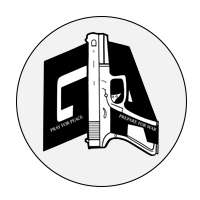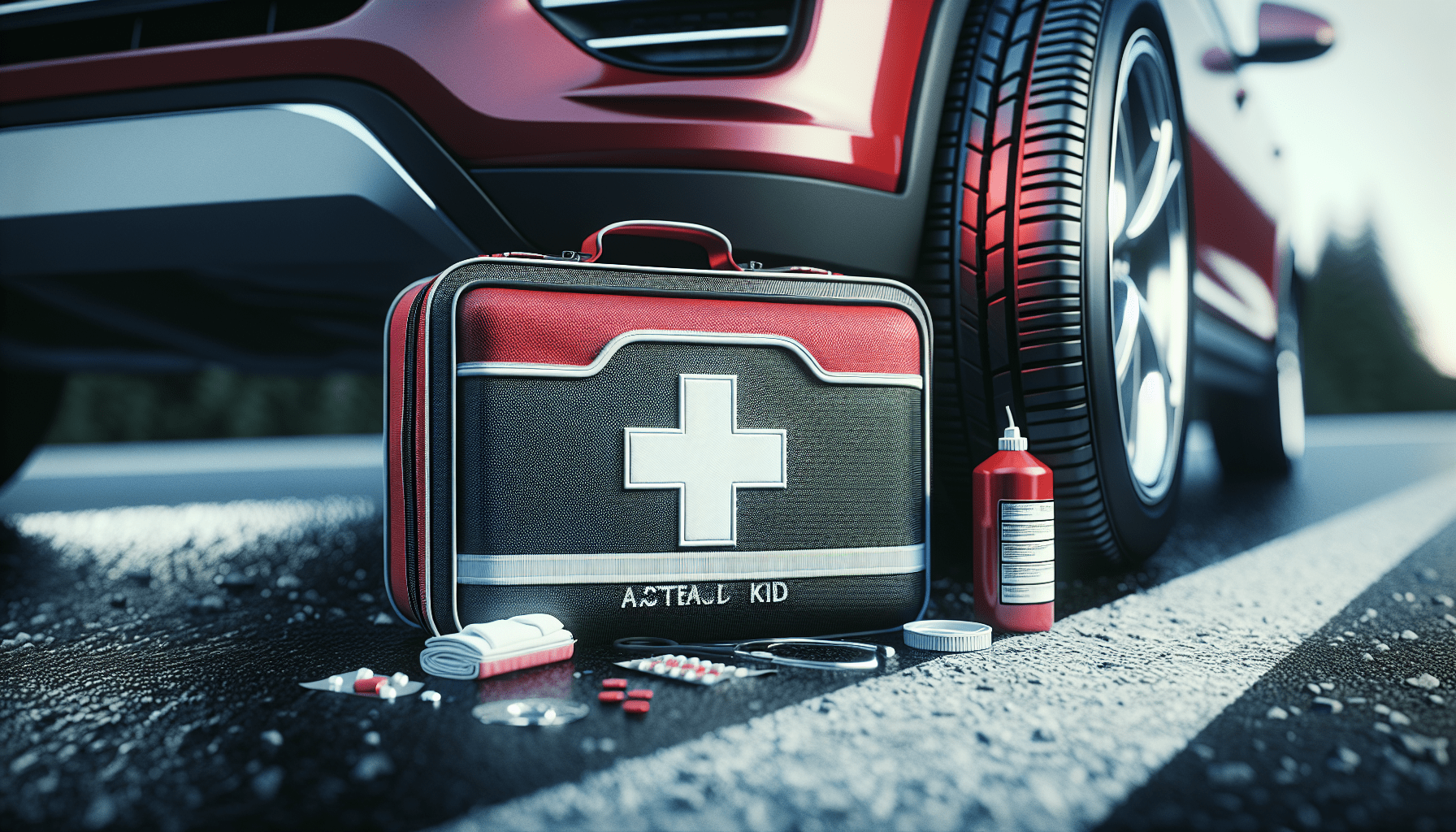Have you ever wondered what you would do if you witnessed a car accident? It’s one of those split-second moments where time seems to freeze and then rush by all at once. Knowing how to respond can make a world of difference, whether you’re the first person on the scene or just passing by. Let’s break down everything you need to know to handle such a situation with grace and efficiency.
Assess the Situation
Before leaping into action, you need to take a moment to assess the situation. This step is crucial because leaping without looking might make things worse.
Ensure Your Safety
Your safety comes first. If you become another casualty, the situation only becomes more chaotic. Make sure to pull your vehicle over safely, far enough from the accident site to avoid adding any chaos to the scene, but close enough to offer help if it’s safe to do so.
Appraise the Scene
Take a moment to understand what you’re dealing with. How many vehicles are involved? Are there any immediate dangers like fire, leaking fuel, or downed power lines? A quick assessment will help you prioritize your actions effectively.
Prioritize Injuries
In any accident, some injuries will be more urgent than others. Look around to identify who seems to be in the most critical condition. This quick scan will help you decide where to focus your initial efforts.
Steps to Take Immediately After Assessing the Situation
Once you’ve assessed the situation, it’s time to take action. Let’s break this down step by step so you can be as effective as possible under pressure.
Call Emergency Services
The first and most crucial step is to dial 911. Provide the dispatcher with essential information such as your location, the number of vehicles involved, and the type of injuries you see. The quicker you can get this information across, the faster professional help can arrive.
Secure the Area
You might need to set up a sort of perimeter to protect the injured from oncoming traffic. If possible, use hazard lights, flares, or cones to warn other drivers. This will minimize the risk of further accidents.
Check for Responsiveness
Approach the victims carefully. First, check if they are conscious. Simple questions like “Can you hear me?” or “What’s your name?” can help. If they respond, fantastic. If not, you may need to move on to more critical first aid steps.

Providing First Aid
basic first aid can be immensely helpful, and knowing a few simple techniques can make all the difference.
Basic First Aid Kit Essentials
You’ll want to keep a first aid kit in your car. Here’s a quick refresher on what it should contain:
| Essential Item | Purpose |
|---|---|
| Adhesive bandages | Minor cuts and scrapes. |
| Gauze pads | Covering wounds. |
| Antiseptic wipes | Cleaning wounds. |
| Medical gloves | Protecting you and the victim. |
| Tweezers | Removing debris from wounds. |
| CPR face shield | Providing CPR safely. |
| Thermal blanket | Keeping victims warm. |
First Aid Steps for Common Injuries
Bleeding
If someone is bleeding, apply direct pressure with a clean cloth or gauze. Elevate the injured area if possible. Never use a tourniquet unless absolutely necessary; it can cause more harm than good if used improperly.
Broken Bones
Don’t move the person unless the situation is life-threatening (e.g., the car is on fire). Immobilize the limb if you can, but focus primarily on keeping the person calm and still until help arrives.
CPR
If someone is unresponsive and not breathing, you may need to perform CPR. Start with chest compressions. Remember the rhythm of “Stayin’ Alive” by the Bee Gees; it’s the perfect tempo for chest compressions.
Communicating with Emergency Responders
Emergency responders will have lots of questions when they arrive. The more accurately you can answer, the better they can help.
What to Relay to Responders
When emergency services arrive, tell them:
- The number of victims.
- The types of injuries.
- Any actions you’ve already taken.
Questions You Might Be Asked
Responders might ask you specifics to prioritize their actions better. Be prepared to answer:
- Did anyone lose consciousness?
- Have you moved anyone from the vehicles?
- Are there any hazards like fire or leaking fluids?

Aftermath: Legal and Emotional Considerations
After the dust has settled, there’s still much to consider. From dealing with the legal fallout to grappling with the emotional toll, the story doesn’t end when the sirens fade.
Legal Obligations
You might need to provide a statement to the police. Be honest and thorough. If you have a dashcam, make sure to offer the footage as it can be incredibly valuable.
Mental Health and Coping
Witnessing a traumatic event can affect you deeply. Don’t underestimate the power of talking to someone about the experience. Whether it’s friends, family, or a professional, make sure to address any lingering emotional stress.
The Role of Preparedness: Learning from Green Line Arms
Just like you’d prepare for any other emergency, being prepared for a car accident scenario is paramount. This is where our friends at Green Line Arms come in.
Training and Equipment
Green Line Arms isn’t just about firearms. Their training programs also cover essential first responder skills. From CPR to advanced first aid, taking a class could equip you with the skills needed to really make a difference one day.
First Responder Medical Tips
Their expert staff can provide advice on what to include in your car’s first aid kit and how to use each item effectively. You never know how invaluable this could be until you’re in a situation that demands it.

Conclusion: Making a Difference
Being prepared doesn’t just mean knowing what to do; it also means having the right tools and training. In the heat of the moment, having a clear plan and the confidence to carry it out can save lives. Remember, your first priority is to remain safe. By assessing the situation, acting swiftly yet thoughtfully, and utilizing basic first aid, you could be the difference between life and death for someone.
And if you’re looking to up your game, improve your knowledge, or just feel more secure in your preparedness, it’s worth checking out Green Line Arms. They’re more than just a gun shop; they’re a community resource committed to safety and preparedness.
So next time you’re driving and find yourself rubbernecking at an accident scene, think about what you would do. Preparation might make you the hero of a story that could have ended much worse.




